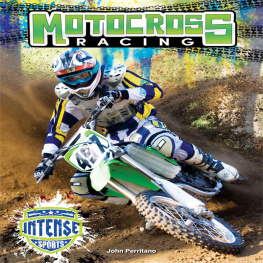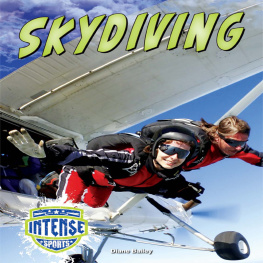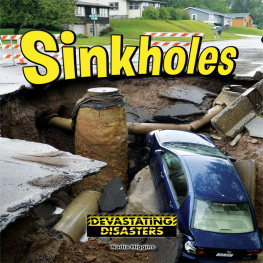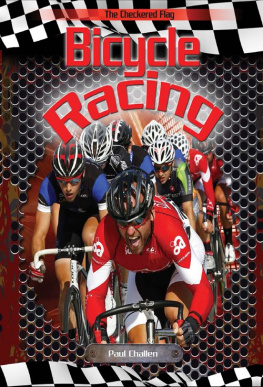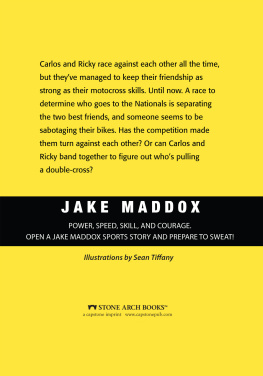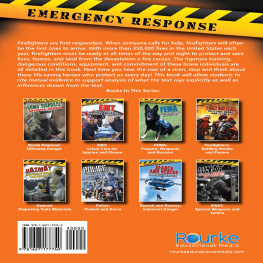Table of Contents
Guide
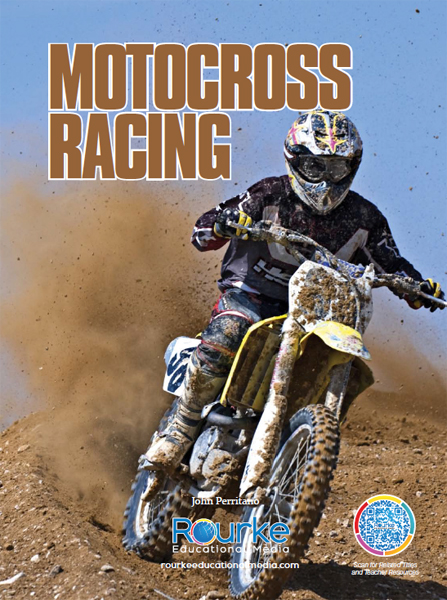
Before & After
Reading Activities | Level: N Word Count: 3,518 Words 100th word: at |
Before Reading:
Building Academic Vocabulary and Background Knowledge
Before reading a book, it is important to tap into what your child or students already know about the topic. This will help them develop their vocabulary, increase their reading comprehension, and make connections across the curriculum.
Look at the cover of the book. What will this book be about?
What do you already know about the topic?
Lets study the Table of Contents. What will you learn about in the books chapters?
What would you like to learn about this topic? Do you think you might learn about it from this book? Why or why not?
Use a reading journal to write about your knowledge of this topic. Record what you already know about the topic and what you hope to learn about the topic.
Read the book.
In your reading journal, record what you learned about the topic and your response to the book.
After reading the book complete the activities below.
Content Area Vocabulary
Read the list. What do these words mean?
checkered flag
cylinder
diffused
exhibition
exploits
fiberglass
maneuver
spark
plug
suspension system
terrain
throttle
traction
variations
After Reading:
Comprehension and Extension Activity
After reading the book, work on the following questions with your child or students in order to check their level of reading comprehension and content mastery.
Early motocross in Europe only obtained speeds of 24 miles per hour. Why do you think they would not go faster? (Infer)
Explain how FMX got started. (Summarize)
Do you have what it takes to be a motocross racer? Explain. (Text to self connection)
How does the course affect how a racer trains? (Summarize)
Why would riders choose a two-stroke engine versus a four-stroke engine? (Asking questions)
Extension Activity
There are similarities and differences between the different types of motocross. Using the text, compare and contrast two types of motocross. Create a Venn diagram to organize your information. Which type of motocross do you like best? Why?
ALL REVVED UP
K en Roczen knows the drill well. He feels excitement, energy, and just a little bit of nerves. The expert motocross rider has competed at Angel Stadium in Anaheim, California, before. The track has been good to him. Hes won here twice in four races. Today, he goes for his third victory. He looks across the crowded field of riders. Will this again be his day? Ken hopes so.
The race begins with the scream of motors and the shifting of gears. Sitting on his Suzuki, Ken grips the
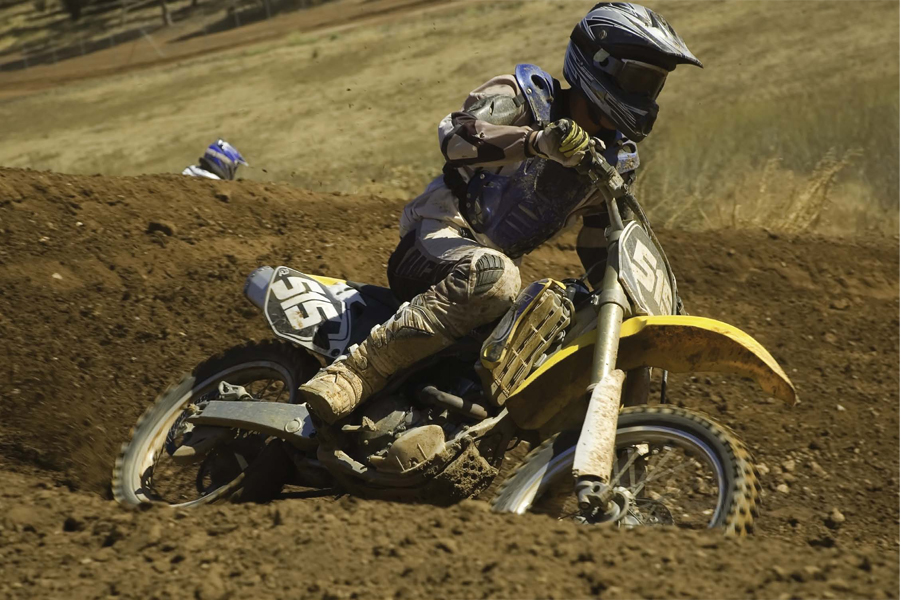
GETTING STARTED
G o as fast as you can go, during practice and during every racethats the goal of the motocross rider. Youve trained hard. Your bike is tuned up. The engine hums. Thats a good start. What about your mind? Is that tuned up, too? A fast bike is important. To win, however, you have to be mentally tough and confident. Are you?
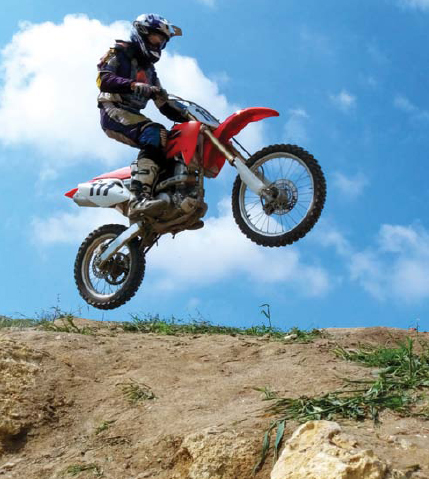
Off-road motocross riding can include jumps over obstacles.
Motocross demands a lot. Racers have to be physically fit and cannot doubt their skills or abilities. They need to focus on whats in front of them, whats alongside, and whats behind them. At the end of the race, though, all racers want to be alone at the waving in their face.
Motocross is not just a hobby. Whether its SuperMoto, Supercross, or other , motocross is a way of life. Its one of the most exciting forms of motor sports.
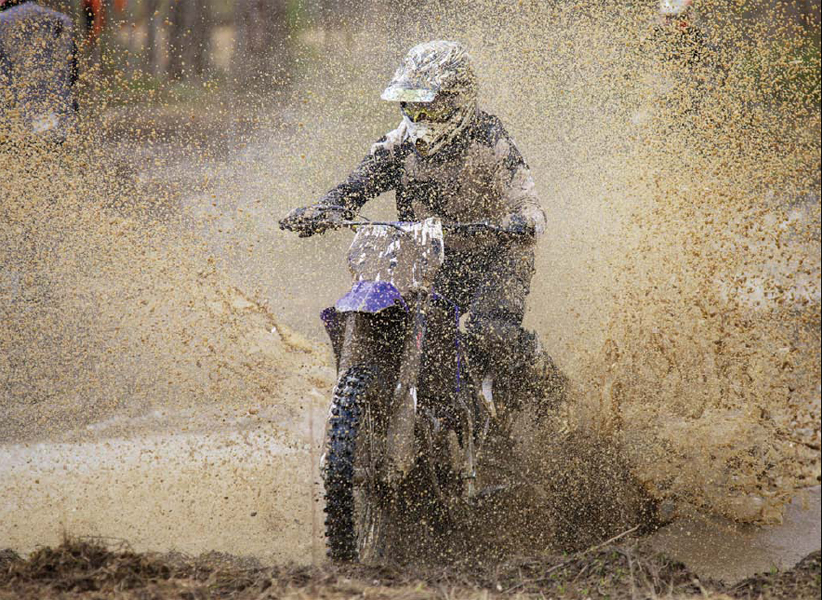
Motocross riders never let a little mud puddleor a big oneget in their way.
HISTORY
Motocross began in the 1920s on the hilly fields of Europe. The first motocross race was held in England in 1924. On a March day just outside of London, 80 riders gathered for the Southern Scott Scramble. The event did not resemble anything like todays races. Riders plodded 50 miles (80 kilometers) on a rugged 2.5 mile (4 kilometer) course. The course was so tough that it humbled the best of them. A local rider, Arthur Sparks, won the race. He needed two hours to complete the circuit. The average speed that day was 24 miles (38.6 kilometers) per hour.
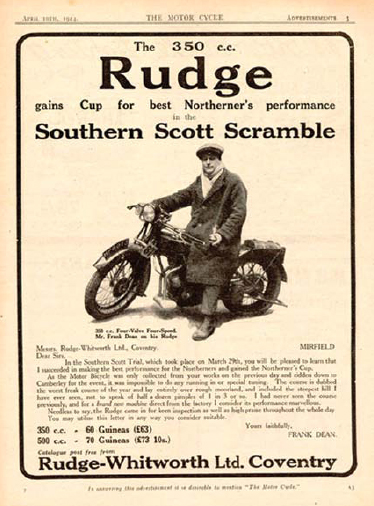
This 1924 magazine ad features a motorcycle used in the Scott Scramble.
Despite the turtle-like pace of the sport, motocrossit was called the scramble back thenwas born. It spread quickly to Belgium and France. At the same time, a few Americans were racing in the United States, not on rocky hills but on dirt tracks.

No Brakes
The name motocross comes from combining motorcycle and cross country. Early racing bikes did not have brakes. Bikers raced with their throttles wide open.
Edison Dyes Flying Circus
After watching Torsten Hallman race in Europe, and looking at the reactions of fans, Edison Dye, who ran a trucking business, had an idea. He brought Torsten and other European racers to America. They raced around the country in Edison Dyes Flying Circus. Americans loved the European brand of motocross.

The group held events called Gypsy Tours on weekends. Riders rode to a single location to have a picnic and to race. Though a small group of American riders competed in AMA races in the 1960s, the sport had yet to find a wider audience. made headlines. Motocross (MX) in the United States was here to stay.

Torsten Hallman (1939 )
Today, the AMA Motocross championship is the top American motocross series. The series features 12 races on tracks that are nothing like the old European courses. Modern riders have to navigate human-made obstacles including a series of jumps. Each race features 20 to 40 riders. They line up twice a day to race two motos, or races.
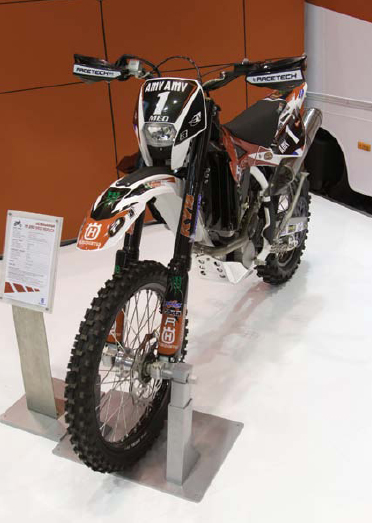
Smaller 250cc motorcycles use a two-stroke engine.
When all the races are over, the finishing positions of each rider are added up. The racer with the lowest score wins. Two main classes are in the AMA Motocross and Supercross Championship Series: the 250cc two-stroke and the 450cc four-stroke. Each class is named for the size and type of the bikes engine.

